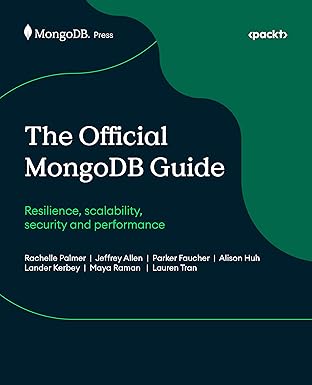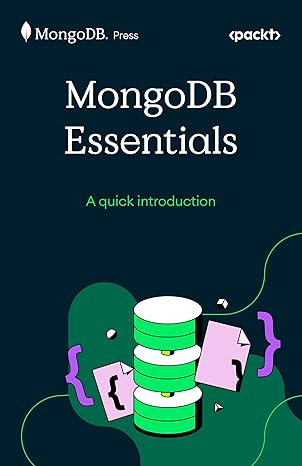 9781788296250
9781788296250
Java 9 Dependency Injection: Write loosely coupled code with Spring 5 and Guice
by: Krunal Patel – Nilang Patel
ISBN-10: 1788296257
ISBN-13: 9781788296250
Released: 2018-04-26
Pages: 246
Book Description
Dependency Injection (DI) is a design pattern that allows us to remove the hard-coded dependencies and make our application loosely coupled,extendable,and maintainable. We can implement DI to move the dependency resolution from compile-time to runtime. This book will be your one stop guide to write loosely coupled code using the latest features of Java 9 with frameworks such as Spring 5 and Google Guice.
We begin by explaining what DI is and teaching you about IoC containers. Then you’ll learn about object compositions and their role in DI. You’ll find out how to build a modular application and learn how to use DI to focus your efforts on the business logic unique to your application and let the framework handle the infrastructure work to put it all together.
Moving on,you’ll gain knowledge of Java 9’s new features and modular framework and how DI works in Java 9. Next,we’ll explore Spring and Guice,the popular frameworks for DI. You’ll see how to define injection keys and configure them at the framework-specific level. After that,you’ll find out about the different types of scopes available in both popular frameworks. You’ll see how to manage dependency of cross-cutting concerns while writing applications through aspect-oriented programming.
Towards the end,you’ll learn to integrate any third-party library in your DI-enabled application and explore common pitfalls and recommendations to build a solid application with the help of best practices,patterns,and anti-patterns in DI.
Contents
1: WHY DEPENDENCY INJECTION?
2: DEPENDENCY INJECTION IN JAVA 9
3: DEPENDENCY INJECTION WITH SPRING
4: DEPENDENCY INJECTION WITH GOOGLE GUICE
5: SCOPES
6: ASPECT-ORIENTED PROGRAMMING AND INTERCEPTORS
7: IOC PATTERNS AND BEST PRACTICES
What You Will Learn
Understand the benefits of DI and fo from a tightly coupled design to a cleaner design organized around dependencies
See Java 9’s new features and modular framework
Set up Guice and Spring in an application so that it can be used for DI
Write integration tests for DI applications
Use scopes to handle complex application scenarios
Integrate any third-party library in your DI-enabled application
Implement Aspect-Oriented Programming to handle common cross-cutting concerns such as logging,authentication,and transactions
Understand IoC patterns and anti-patterns in DI
Authors
Krunal Patel
Krunal Patel has been working at Liferay Portal for over 5 years and has over 9 years of experience in enterprise application development using Java and Java EE technologies. He has worked in various domains,such as healthcare,hospitality,and enterprise intranet.
He was awarded an ITIL® Foundation Certificate in IT Service Management in 2015,a Liferay 6.1 Developer Certification in 2013,and a MongoDB for Java Developers certificate in 2013.
He has reviewed Mastering Apache Solr 7.x by Packt Publishing.
Nilang Patel
Nilang Patel has over 14 years of core IT experience in leading project,software design and development,and supporting enterprise applications using enterprise Java technologies.
He is experienced in core Java/J2EE based application and has experience in healthcare,human resource,taxation,intranet application,energy and risk management domain. He contributes to various forums and has a personal blog.
He acquired the Liferay 6.1 Developer Certification in 2013,Brainbench Java 6 certification in 2012,and a Sun Certified Programmer for the Java 2 Platform 1.5 (SCJP) in 2007.








